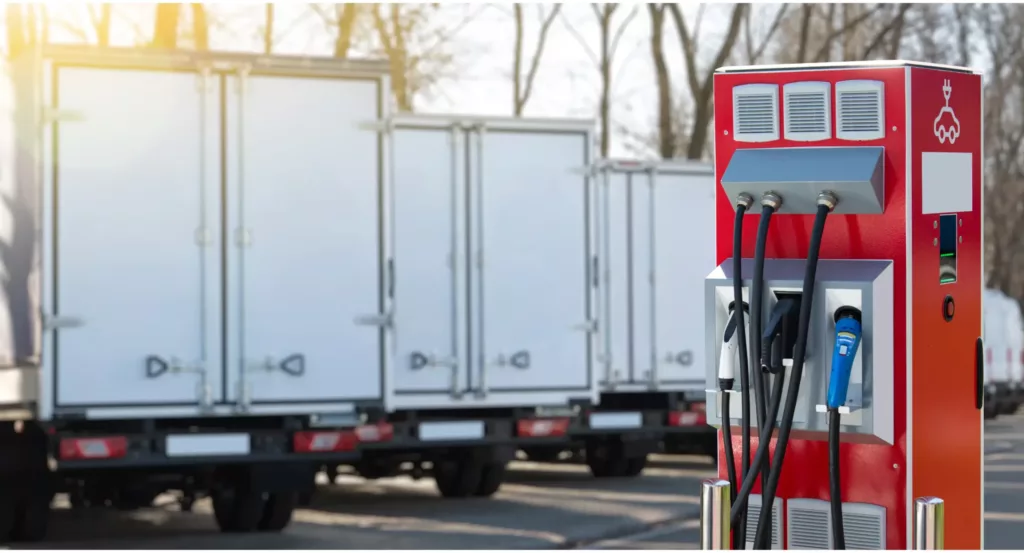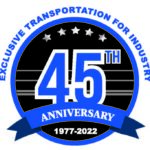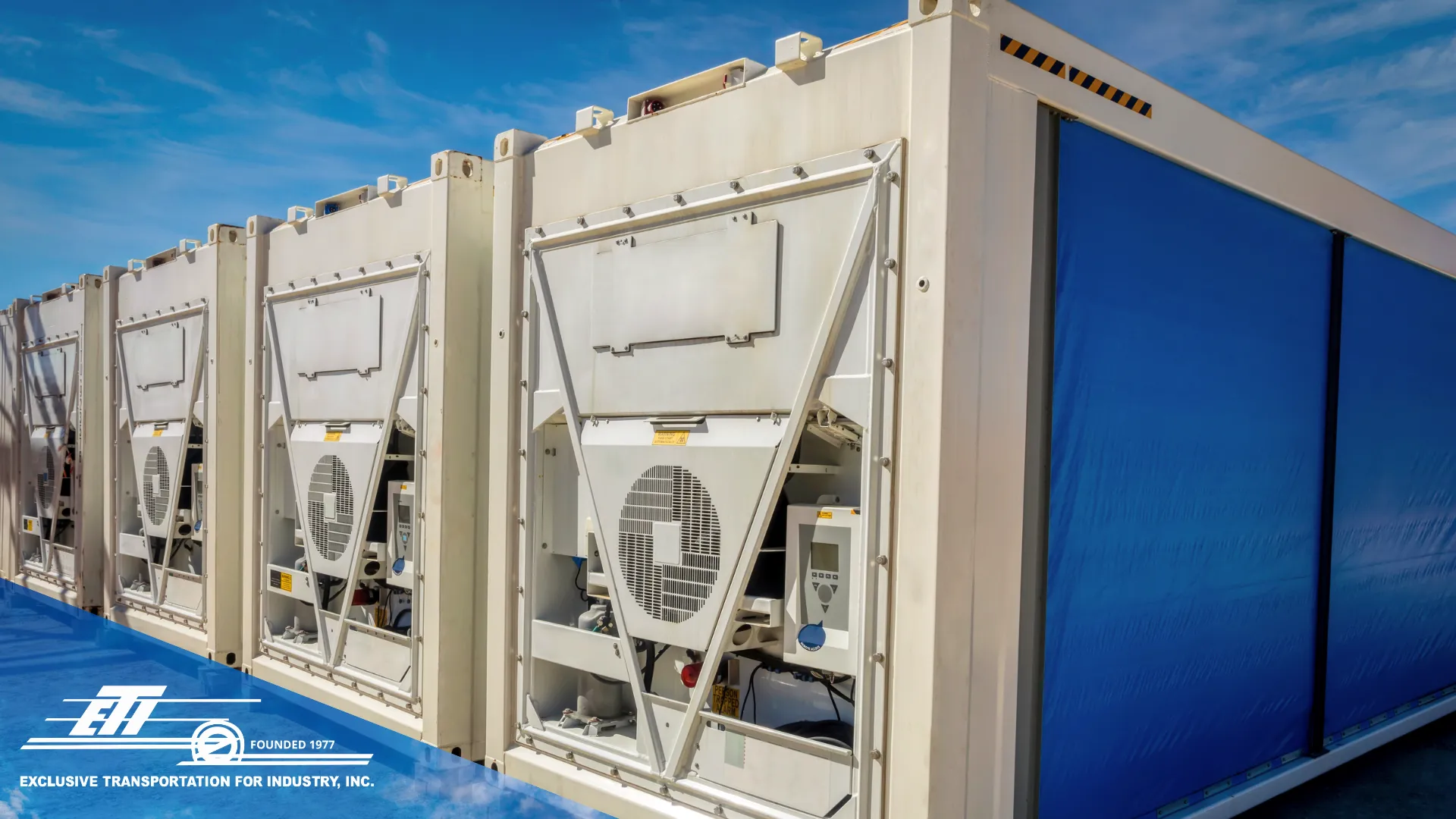
Yellow Freight
Filed For Bankruptcy in August of 2023
Yellow Freight, a major trucking company, filed for bankruptcy in August 2023. The company cited debt from acquisitions, high operating costs, and low shipping rates as factors in its bankruptcy. The bankruptcy is a reminder of the challenges facing the trucking industry. We explore three lessons learned from the demise of this 100-year-old company.
Debt From Acquiring Freight Companies
Yellow Freight had a history of making acquisitions, which often led to debt. In the years leading up to its bankruptcy, the company acquired several other trucking companies, including Roadway Express, Con-Way Freight, and New England Motor Freight. These acquisitions added to Yellow’s debt load, which made it difficult for the company to compete in the trucking industry. In the first quarter of 2023, Yellow Freight reported a net loss of $54.6 million, or $1.06 per share. The company attributed the loss to a number of factors, including rising interest rates, which increased its interest expense by $8.8 million. The company’s management has said that it is working to reduce its debt load and improve its operating efficiency.
Lesson #1 Structure Your Fleet Acquisition Contracts Carefully When Unions Are Involved
The way that the acquisitions are structured can have a significant impact on the financial risk of a company. It is important to structure the deal in a way that minimizes your risk and maximizes your potential rewards. Acquiring another trucking company can be a complex and challenging process. It is important to be prepared for the integration challenges and to have a plan in place to address them. Yellow accused Teamsters of “freezing the company’s business plan for nine months” as it had made attempts to negotiate its proposed changes, which would consolidate terminals, create additional utility positions to maximize labor efficiency and lower its cost structure to allow it to compete with other carriers. Teamsters’ leadership steadfastly refused to negotiate the company’s long-planned and necessary modernization effort that would enable Yellow, a 100-year-old company, to streamline and strengthen its operations to compete against non-union carriers,” Yellow said.

High Operating Costs Due to Fuel, Labor And Maintenance
Yellow Freight had high operating costs, which were due to a number of factors, including the cost of fuel, labor, and maintenance. The company also had a large number of employees, which contributed to its high labor costs. The cost of fuel is a major expense for trucking companies, and Yellow Freight was no exception. In recent years, the price of fuel has been volatile, and this has made it difficult for the company to control its fuel costs.
Lesson #2 Keep up with Fuel Price Fluctuations with Agile Costing Systems
In a volatile market, keep ahead of rising costs by implementing surcharges before they impact on your bottom line. Price agility and the ability to quickly update costing systems is necessary to keep up with unpredictable cost segments.
Labor costs and disputes
Yellow Freight had a large number of employees, and labor costs were a significant part of its operating expenses. The company also had a unionized workforce, which meant that it had to negotiate with the union over wages and benefits. Yellow Freight had a number of labor disputes with its employees, including strikes and lockouts. These disputes disrupted the company’s operations and made it difficult to attract and retain drivers. Yellow Corp. sued the International Brotherhood of Teamsters, alleging union leaders breached the company’s labor contract and cost the LTL carrier more than $137 million in damages by “unjustifiably blocking” it’s “One Yellow network” overhaul that would enable efficiency.
Lesson #3 Union Contracts Can Significantly Restrict Profitability
Understanding what challenges faced by management to improve the company and Union contracts together should be addressed prior to acquiring a business. In this case, Yellow attempted to consolidate and automate to improve profitability after the purchases. The Unions did not agree with the methodology and their compensation. Yellow would arguably been better off by not buying the companies.
The company’s demise highlights the importance of structuring fleet acquisition contracts carefully when unions are involved, keeping up with fuel price fluctuations with agile costing systems, and understanding the challenges faced by management to improve the company and union contracts together. By learning from the mistakes of Yellow Freight, other trucking companies can avoid a similar fate.







